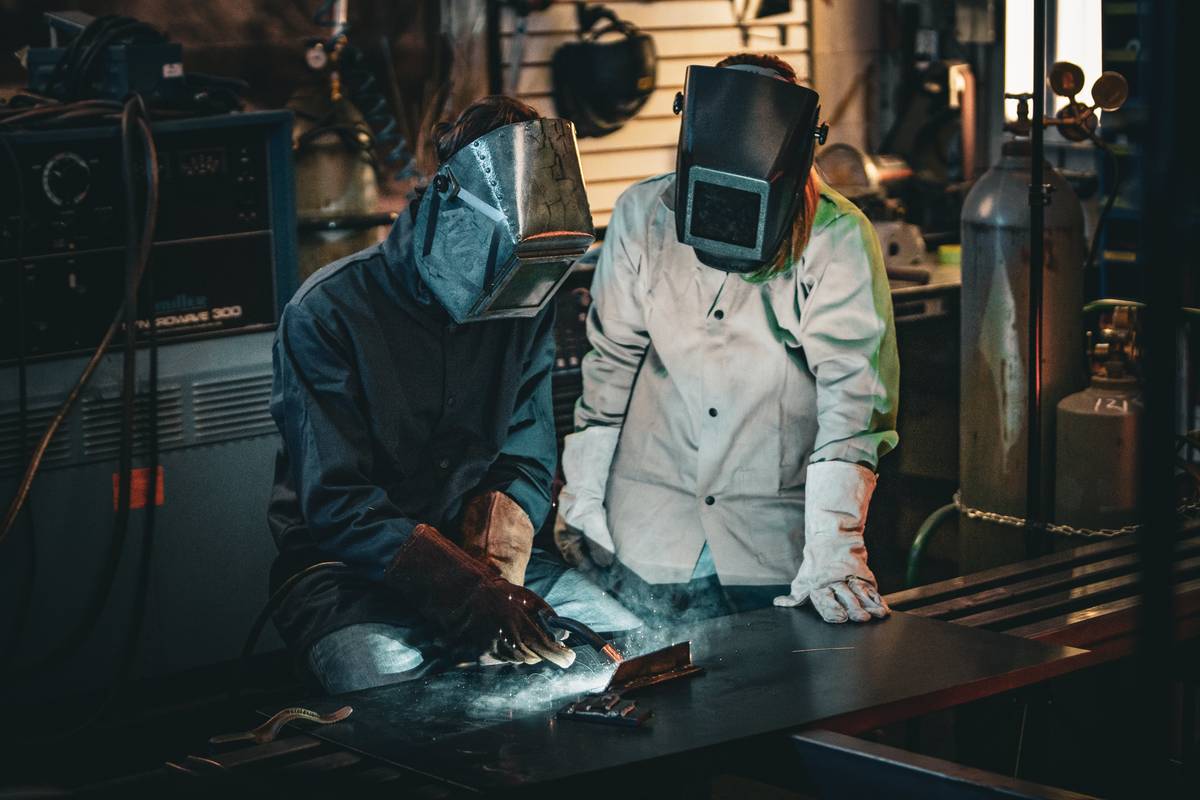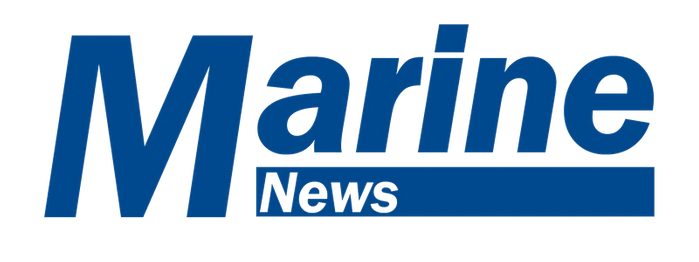Welders Wanted
Apprenticeship Programs Are Key to the Future of Marine Welding
Marine companies across various sectors — from offshore to defense — depend on apprenticeship programs to help solve their welding career challenges.
By Joe Young, AWS Foundation
Uncle Sam wants you — to choose a career in welding. The chronic shortage of qualified welders has been well documented. The American Welding Society (AWS) even created a website — www.weldingworkforcedata.com — so that industry and the media could share accurate data. Currently, the U.S. needs 330,000 new welding professionals by 2028.
While some may shrug at the shortage of welders in the offshore, marine and civil fabrication industries, the need for welders to shore up the U.S. defense industrial base is matter of national urgency.
A recent article in Defense News magazine1 states that Navy ship programs face years-long delays amid labor woes. In the article, Navy acquisition chief Nickolas Guertin notes the “greening of the workforce” — or replacing a highly experienced workforce that’s retiring in high numbers with less experienced employees — has also “changed dramatically” the realities of ship design and waterfront tradecraft work. The entire workforce — the government, the shipbuilders and the entire supply chain — ought to be viewed and invested in as a national strategic asset.
The Navy ships impacted by these labor issues currently include one Columbia class ballistic missile submarine, two Virginia class attack submarines, two Arleigh Burke class destroyers, two Constellation class frigates, one AS(X) submarine tender and one John Lewis class oiler. Even building these ships by 2028 (plus a few years for labor and supply chain delays), the Navy will remain 64 ships short of its 355-ship goal2. In a volatile world, the protection and stability afforded by a strong U.S. Navy will only occur if we have the skilled labor to build it.
Approved template
As the Navy’s Guertin noted, it will take the entire labor supply chain to address the welder shortage. To connect employers, institutions, and aspiring welders, the AWS Foundation helped develop a welding occupation Registered Apprenticeship Program. The philanthropic arm of AWS, the Foundation ensures the growth of the industry through career programs, scholarships, and grants to institutions that offer welding education and training.
The AWS Foundation worked with two other organizations to create the program: Safal Partners, to whom the U.S. Department of Labor (USDOL) granted the right to lead its Registered Apprenticeship Technical Assistance Center of Excellence, and Fastport, which is also a USDOL intermediary that supports employers with registered apprenticeships.
“We’ve done a lot of the heavy lifting for employers by creating National Guidelines for Apprenticeship Standards (NGS) so that they have a template for implementing a high-quality Registered Apprenticeship welding program,” says Monica Pfarr, executive director of the AWS Foundation. “Employers can take workforce training into their own hands and be confident that, if they use our template, their program will fully satisfy regulatory requirements at the federal and state level.” She notes that Registered Apprenticeships are suitable for union and non-union shops and companies of all sizes.
With a Registered Apprenticeship Program, an employer partners with an educational institution to provide an apprentice on-the-job training, mentorship, and classroom-based instruction. The apprentice is considered a paid employee and is expected to produce high-quality work that contributes to the company’s success while completing their training. An apprenticeship requires four to five years to complete and requires about 8,000 hours of training. More than 90% of the hours are spent in on-the-job training while the remaining hours are instructional training, often provided by a technical college.
“AWS provides the appropriate structure for a welding-oriented program, and we package in some of our education and training components that are proven to meet the needs of industry,” says Pfarr.
Employers benefit from Registered Apprenticeships because they may be able to offset labor costs through state tax credits and federal funding, including the GI Bill and veterans programs, federal student aid funds and the Workforce Innovation and Opportunity Act (WIOA).

Everyone benefits
“In the long run, building and training your own workforce improves retention and lowers cost,” says Pfarr. “A good sports analogy would be building a football team using a ‘draft and develop’ approach rather than filling all your talent gaps with expensive free agents. You can upskill people to your specific job requirements.”
Aspiring welders benefit because, upon completion of a program, they receive industry-recognized credentials that include AWS Certified Welder, a Journeyman’s card or the American Petroleum Institute’s Individual Certification Programs. These credentials are said to be “portable” because they are recognized in any state, although aspiring welders need to recognize that most companies will require prospects to pass their own internal welding assessment tests. However, going through the rigors of apprenticeship and becoming a certified welder is the best possible preparation for a welding test.
More NGS
Building naval vessels requires more than just welders — it also requires AWS Certified Welding Inspectors (CWIs) as essential agents of quality control. Recognizing this need, AWS is in the process of establishing National Guidelines for Apprenticeship Standards for Welding Inspection apprenticeships.
As part of this process, AWS gathered subject matter experts from industries that include marine, defense, aerospace, construction, power generation and heavy industry to establish the skill sets a good welding inspector should possess. They include understanding the fundamentals of welding, the codes and standards applicable to their industry, understanding welding specifications and welder qualifications, documentation, utilizing a gamut of destructive and non-destructive inspection and testing techniques and more — including being able to communicate quality requirements to the welders. As with welders, instituting a Registered Apprenticeship for Welding Inspectors will enable companies in the marine industry to gain access to state and federal training funds.
It took a decades-long slide to reach our current state of too few Navy ships and subs and too few qualified welders to build them. The good news is the U.S. Department of Labor recognizes the need and is providing the programs and funding to address the welder shortage. With the apprenticeship resources it has created, the AWS Foundation makes it easier for marine companies to solve their welding career challenges.
SHIPBUILDING AND ALUMINUM CONFERENCE
JUNE 4-6, 2024 | NORFOLK, VA
Norfolk Waterside Marriott
Discover innovations in aluminum and shipbuilding, along with cutting-edge research guided by industry experts. Learn about the unique properties of aluminum, a powerful manufacturing material that presents welding challenges. Discover the crucial role of welding in commercial and Navy shipbuilding and gain insights into emerging technologies and materials shaping the industry.
-
1 Eckstein, Megan. “US Navy ship programs face years-long delays amid labor, supply woes.” Defense News, April 2, 2024
-
2 “Navy Force Structure and Shipbuilding Plans: Background and Issues for Congress.” Congressional Research Service report RL32665. March 1, 2024
About the Author
Joe Young is Senior Manager of Workforce Development, AWS Foundation. He won silver medal at the 2009 WorldSkills competition.

